The Pension Claim Agent
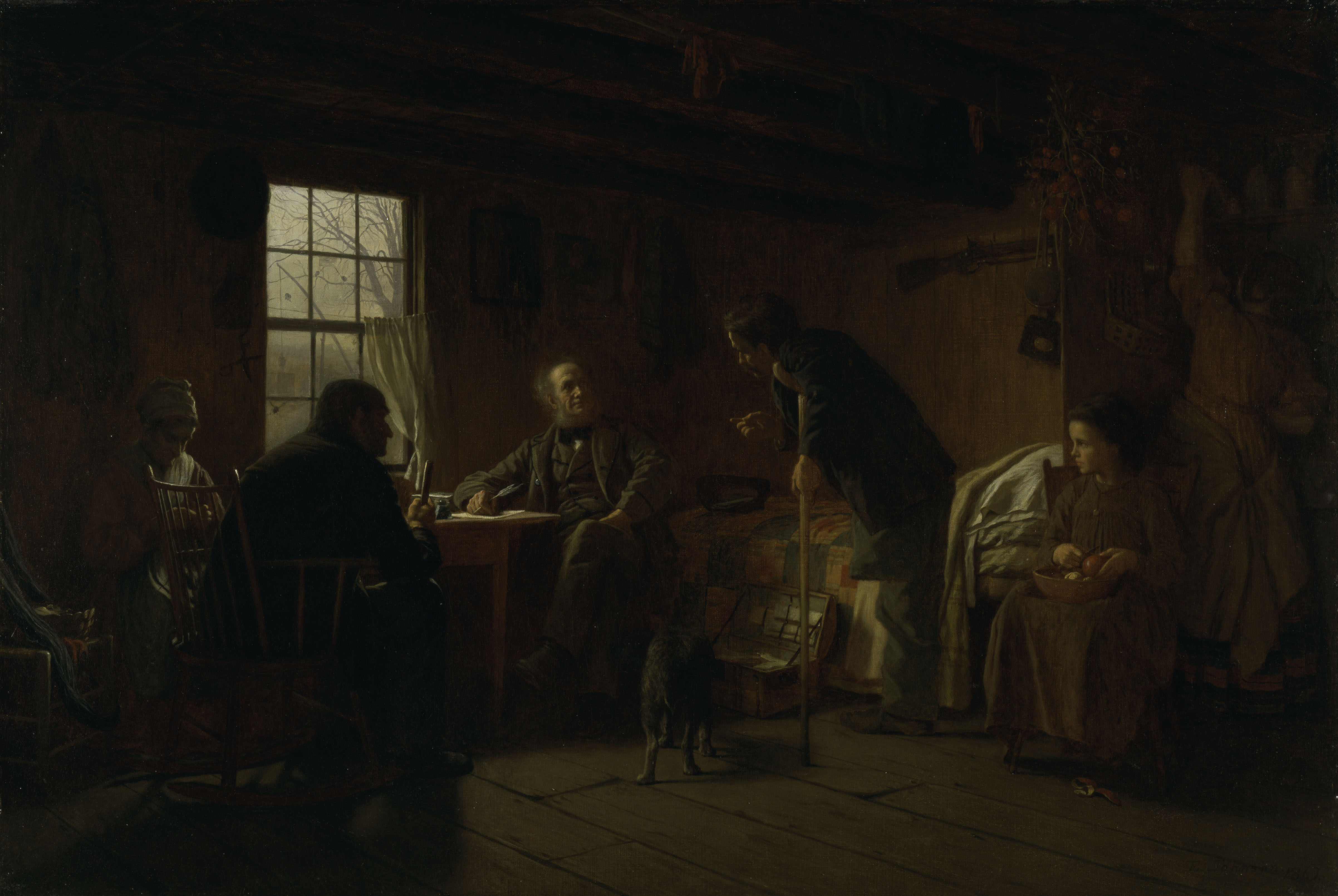
How do we support our veterans?

How do we support our veterans?

How do we support our veterans?
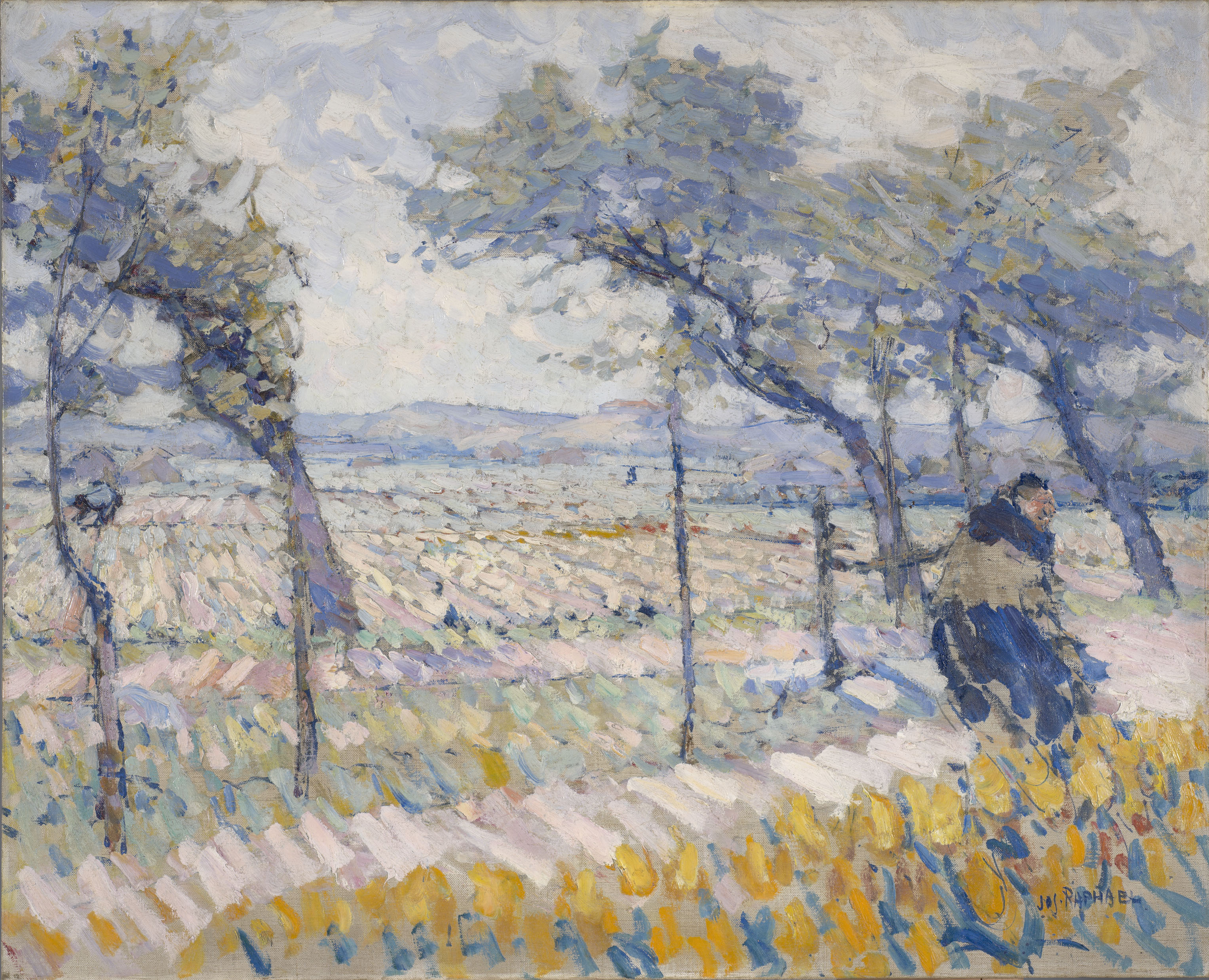
What influences your style?
This landscape was painted in Noordwijk, on the Dutch coast—one of Raphael’s favorite painting locales. This sunlit landscape, with its visible brushstrokes and free use of color, suggests the influence of Impressionism and Post-Impressionism, styles that Raphael encountered during his decades living in Europe. Spring Winds was one of six paintings he exhibited at the Panama–Pacific International Exposition in San Francisco in 1915, for which he was awarded a silver medal.
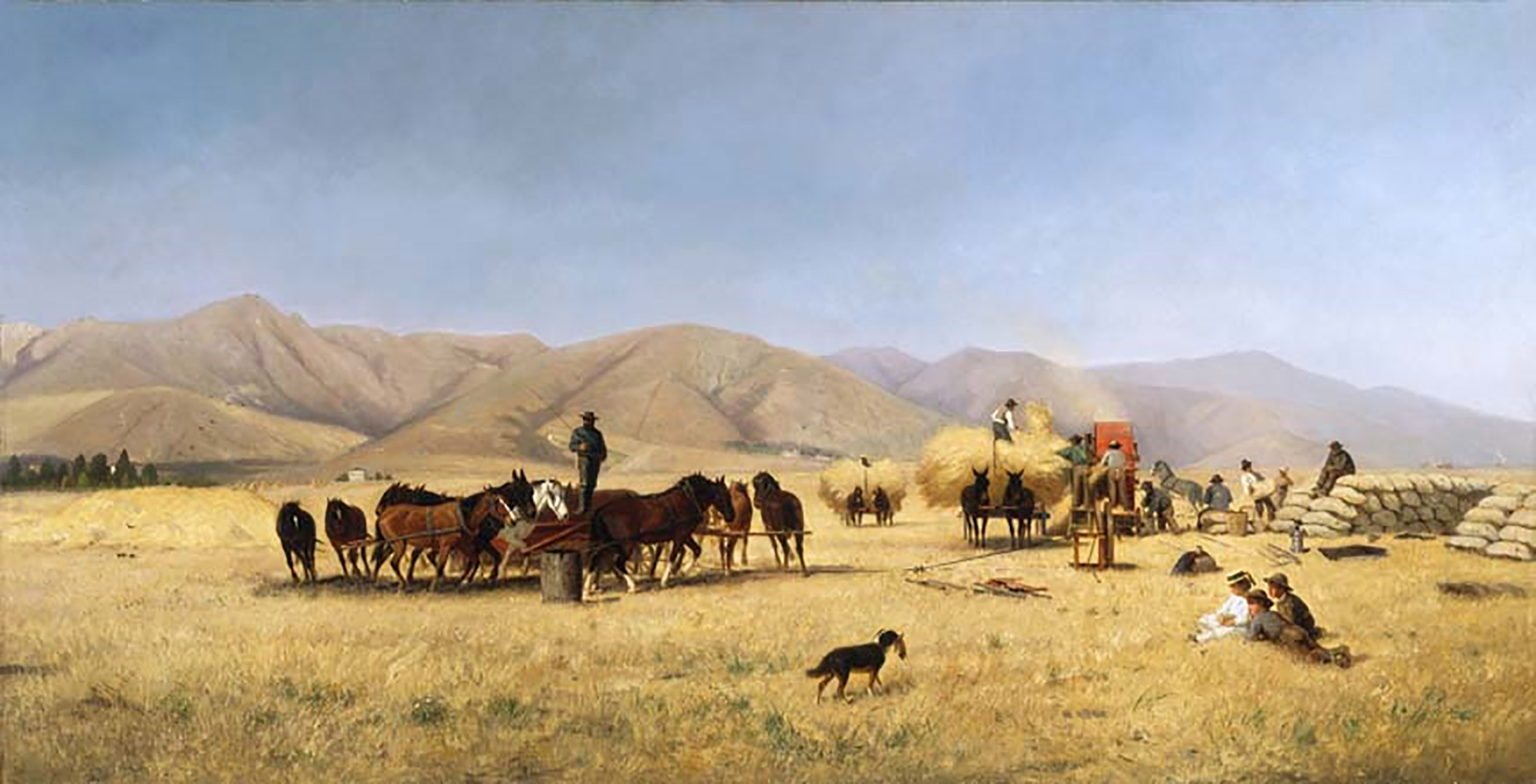
What drew you to California?
In the decade following the Civil War, agriculture supplanted mining as California’s dominant industry. By 1881, four million acres of wheat (termed “grower’s gold” in the press) were under cultivation; valued at $34 million, wheat was worth twice that of the gold mined the same year. Hahn’s panoramic view of a wheat harvest in the Sacramento River Valley celebrates a modern—and mechanized—agricultural production in California, widely deemed the “cornucopia of the world.”
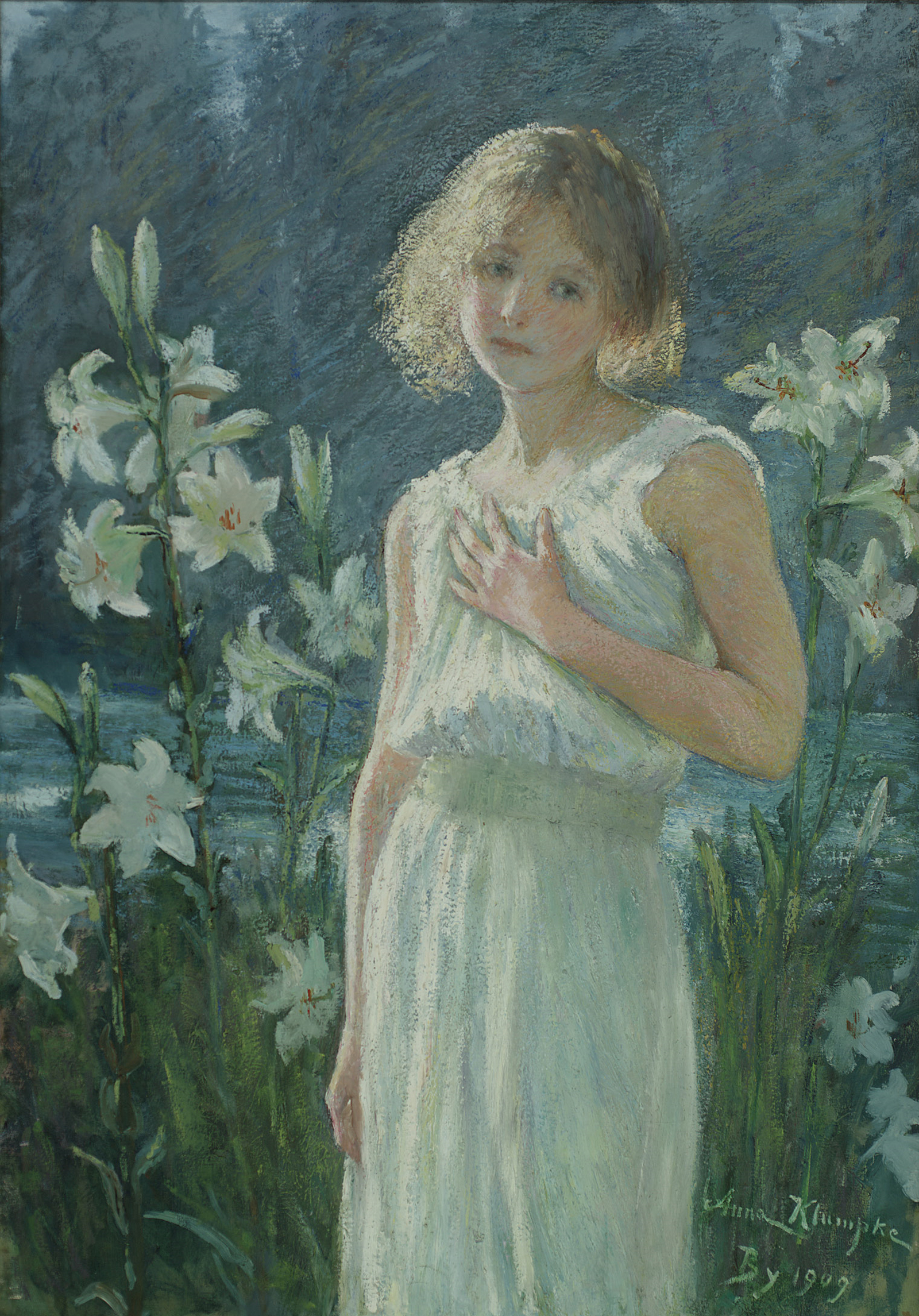
What emotions define adolescence?
The bright palette and dreamlike qualities of this painting suggest that Klumpke was aware of progressive contemporary art movements, such as Impressionism and Symbolism. Although lilies are a traditional symbol of youth and purity, the figure in this painting looks like she somehow has had to confront the end of her innocence. The artist painted two similar pictures of young girls in nymphlike poses and settings—all three works were shown at the Paris Salon and later reproduced as postcards.

What do you daydream about?
The art historian Patricia Hills once described this painting: “Here one is tempted to see the window as a symbol of a world beyond the kitchen, the sewing room, and the nursery, inaccessible to the young woman.” Do you see this window as a metaphor, or as an ordinary domestic detail? Johnson’s mastery is clear in the multiple possible interpretations of this painting—the viewer can see what they want in the woman’s pensive expression, the humble interior, and the snowfall outside.
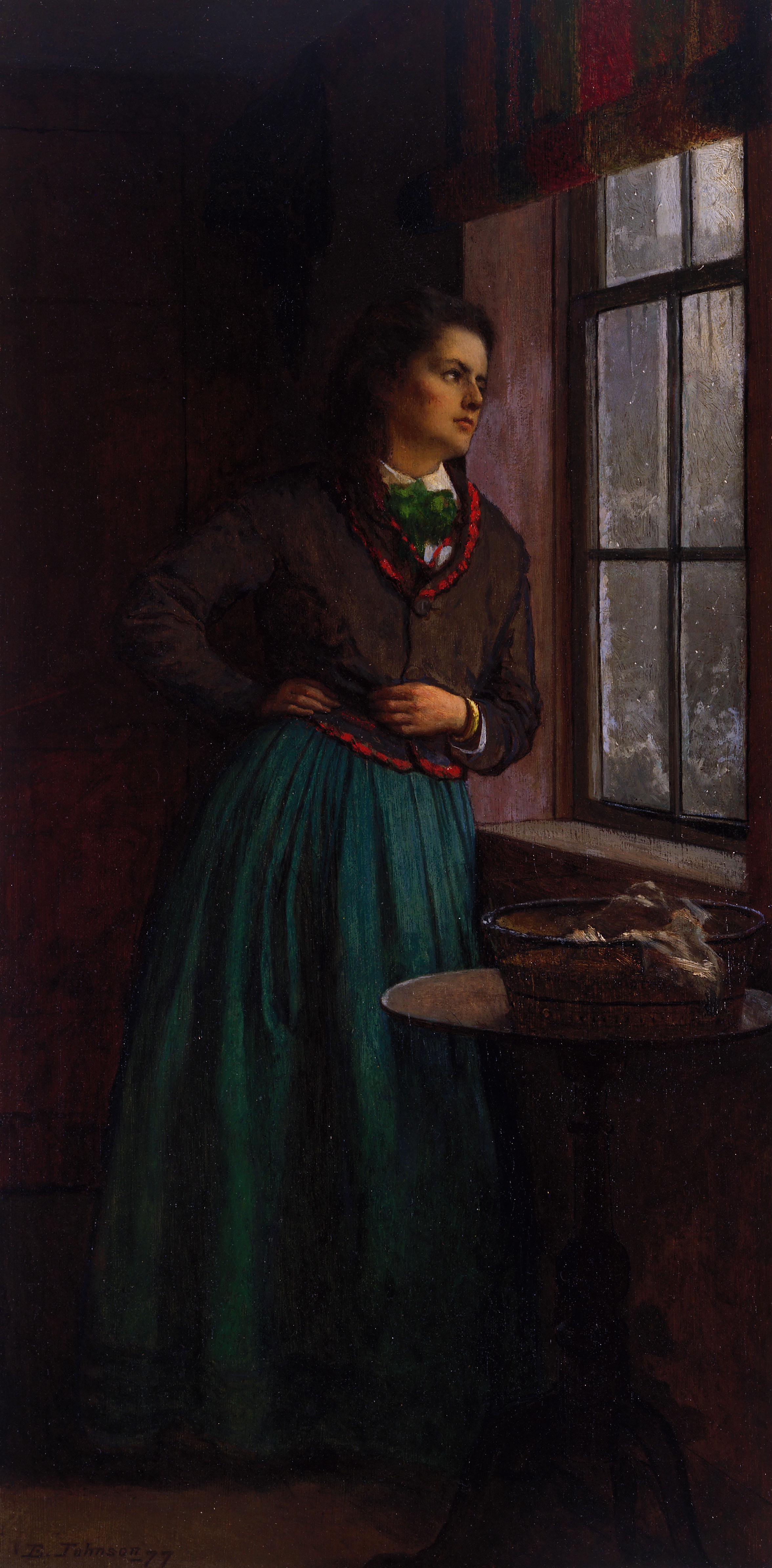
What do you daydream about?
The art historian Patricia Hills once described this painting: “Here one is tempted to see the window as a symbol of a world beyond the kitchen, the sewing room, and the nursery, inaccessible to the young woman.” Do you see this window as a metaphor, or as an ordinary domestic detail? Johnson’s mastery is clear in the multiple possible interpretations of this painting—the viewer can see what they want in the woman’s pensive expression, the humble interior, and the snowfall outside.
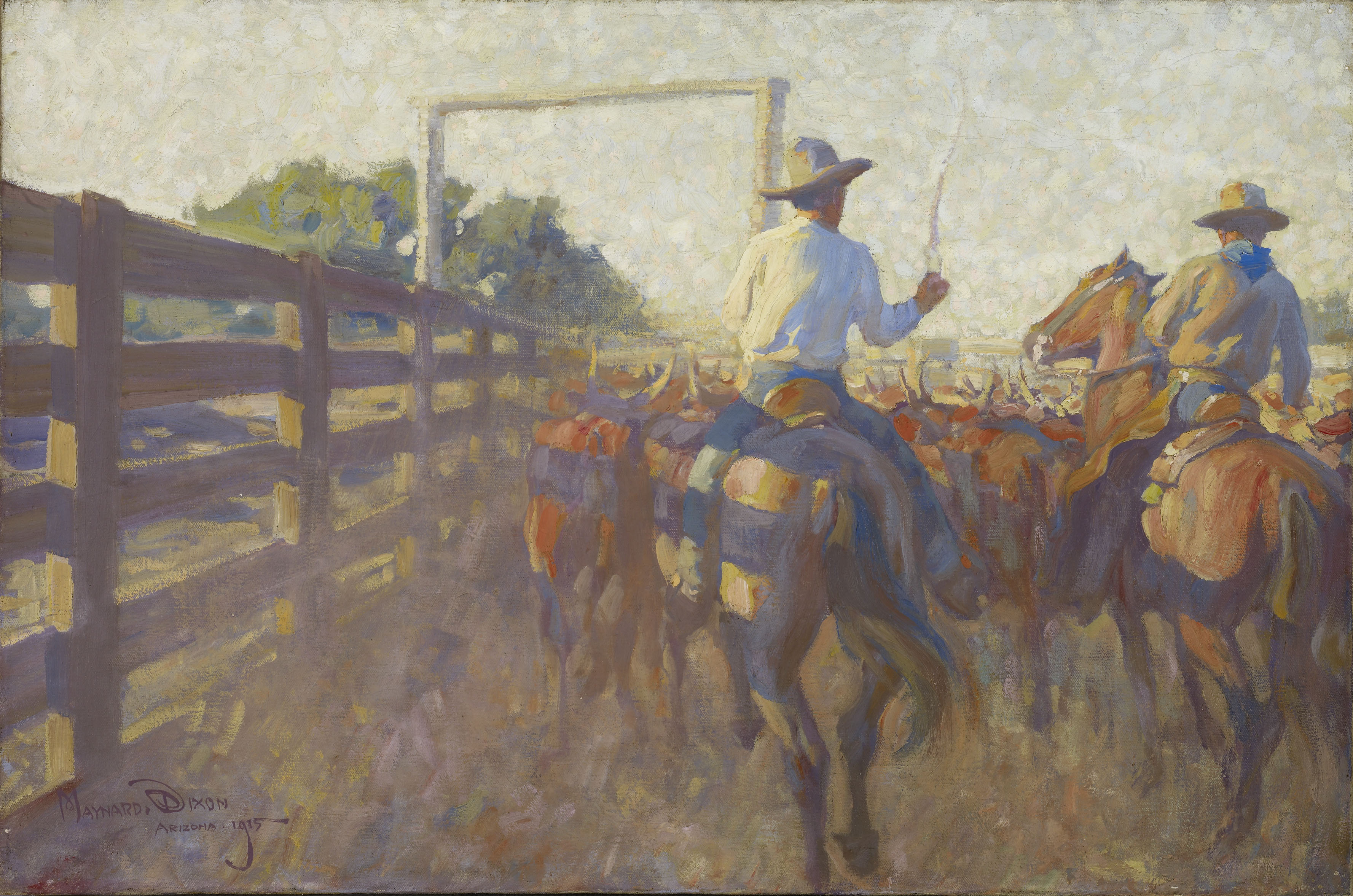
What place embodies optimism and promise today?
During the summer of 1915, Dixon traveled to Arizona with his wife and daughter. He spent time sketching and painting in the area around the Grand Canyon, eventually painting around sixty canvases inspired by the experience. In a 1968 review, one critic described the works from this period, which feature the bright palette and broken color of French Impressionism, “it’s almost as if Monet wore out on the range.”
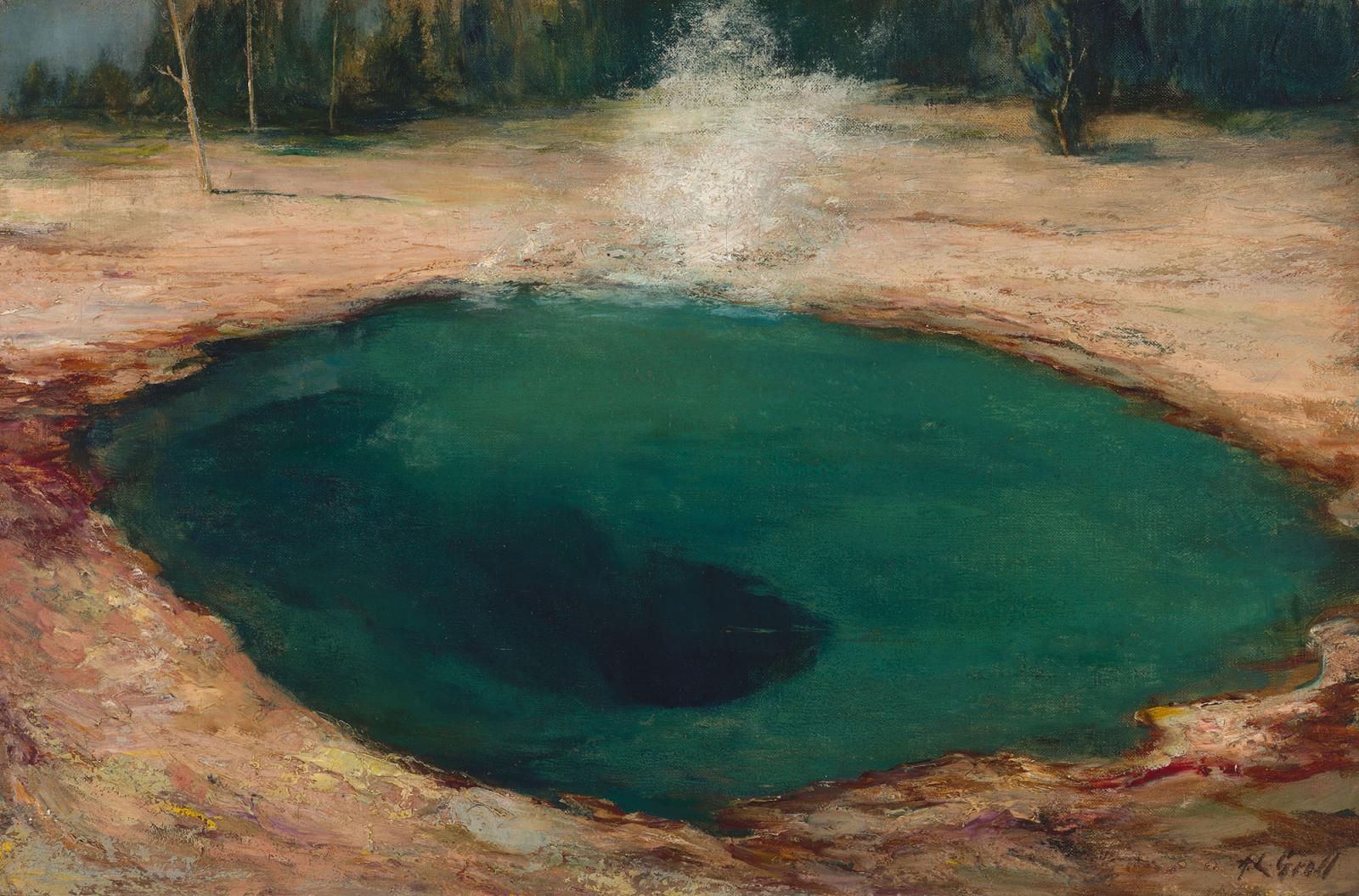
What is captivating about this scene?
Groll’s painting of Yellowstone’s Morning Glory Spring shows a well-known hot spring in the park’s Upper Geyser Basin. The pool was originally named in the 1880s by the wife of an assistant park superintendent, who called it Convolutus, after the Latin name for the bright blue flower that the pool resembles. Groll’s closely cropped image of the spring balances on the edge between topographical reporting and lyrical abstraction—perhaps making the pool’s resemblance to a flower even clearer.
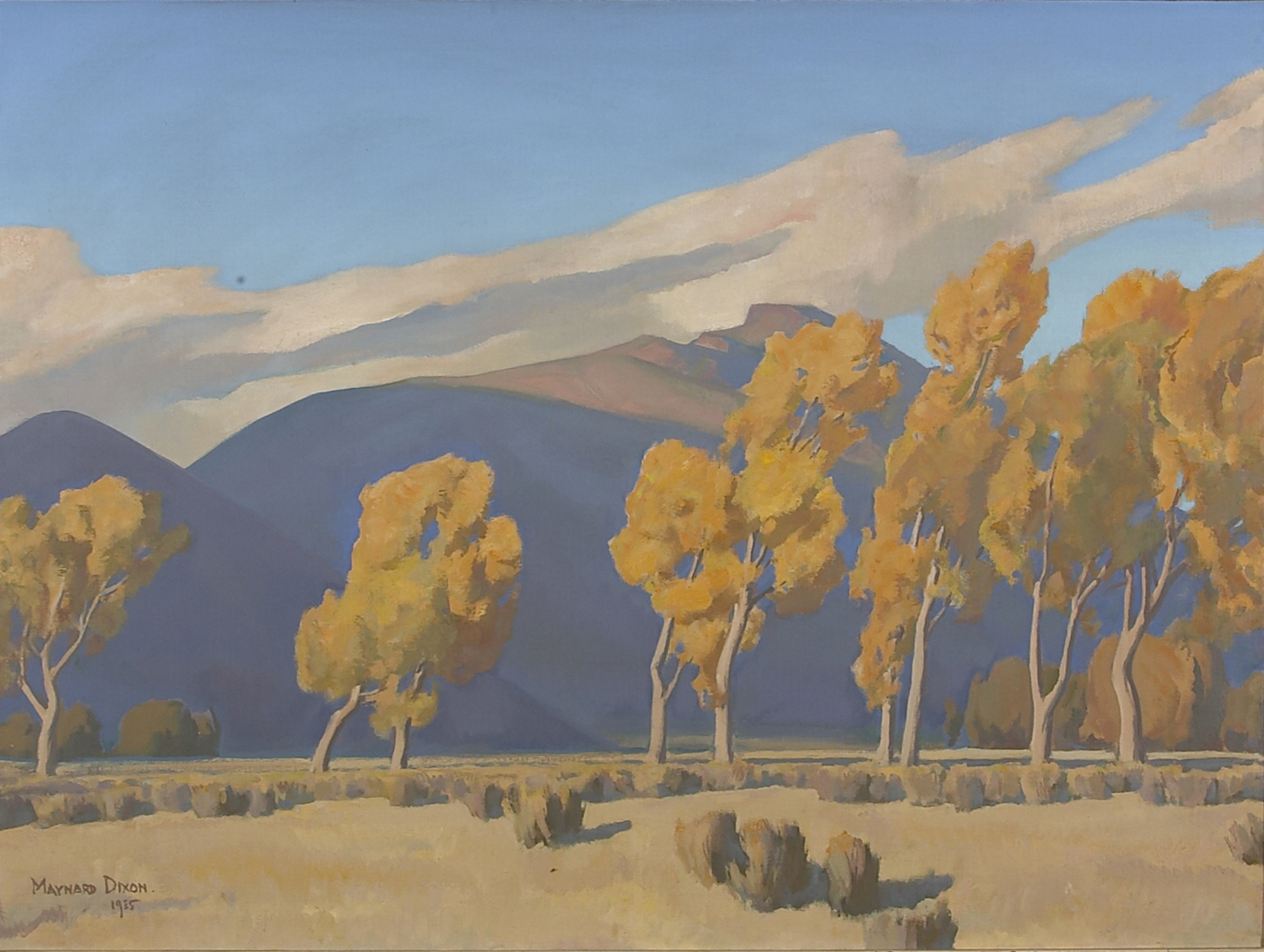
Where do you go to find serenity?